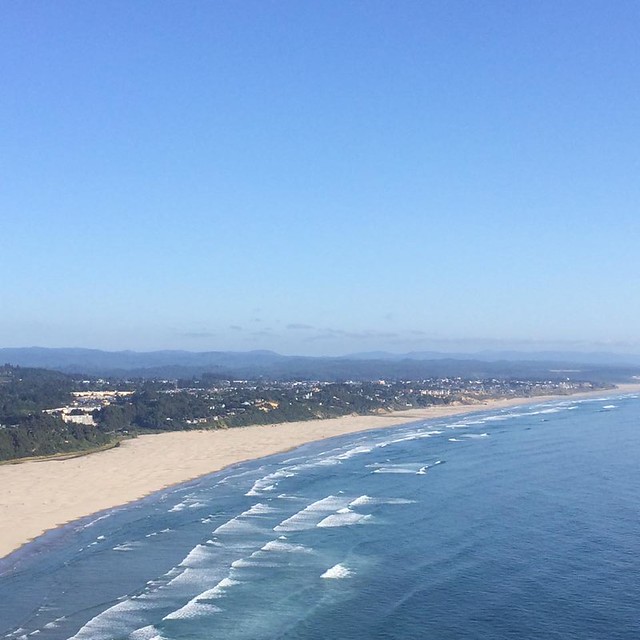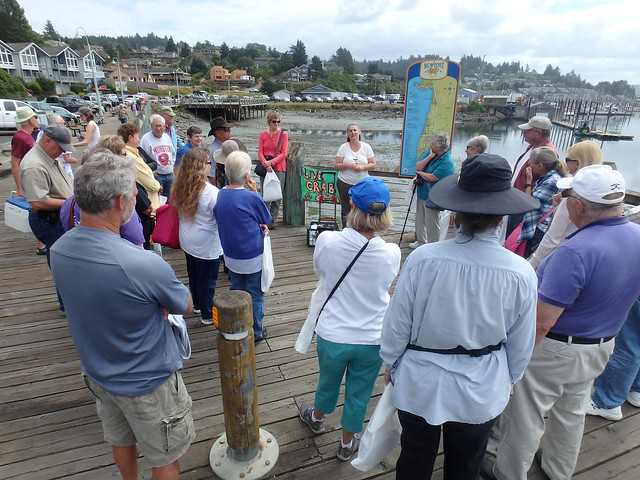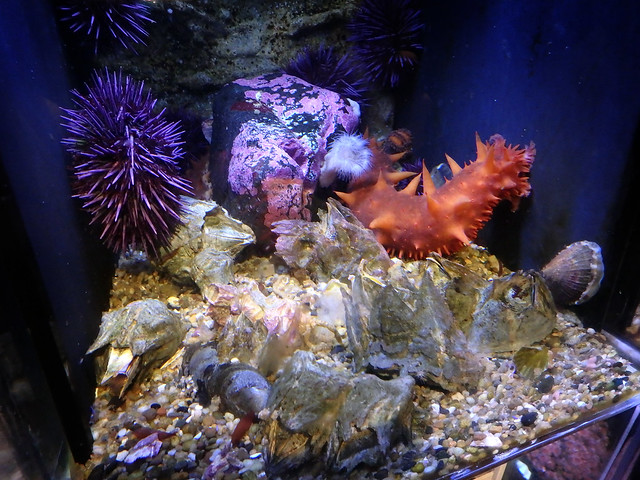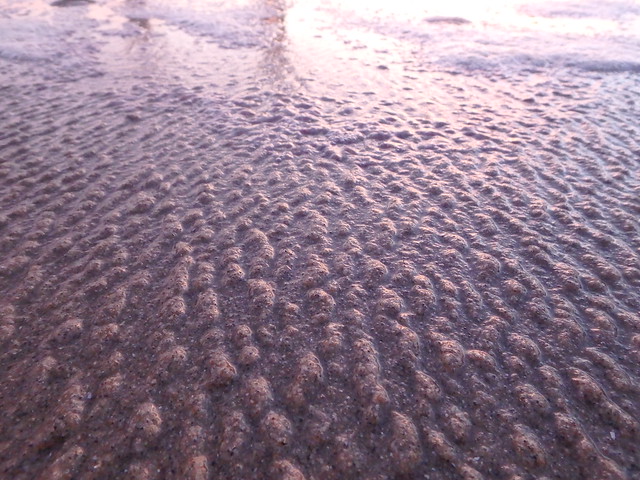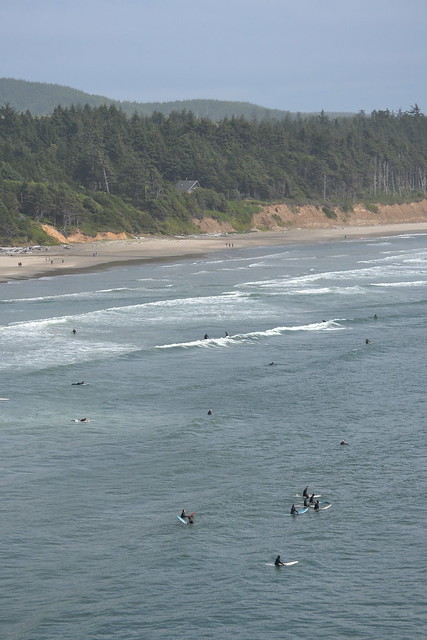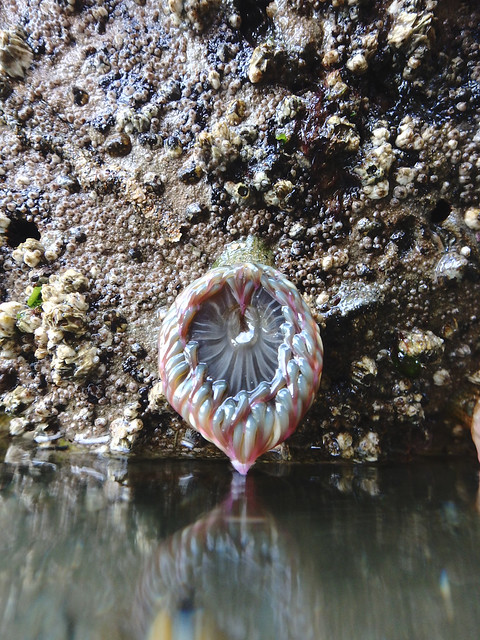It’s been a bit of time since we’ve last spoken, blog. A lot has happened– both the good and the bad (the bad mostly being me throwing up on one of our field days).
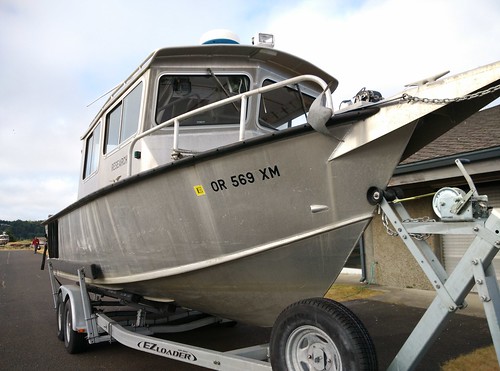
All of the boats at the EPA are named after birds. I threw up on the Osprey for our field day on the Umpqua. 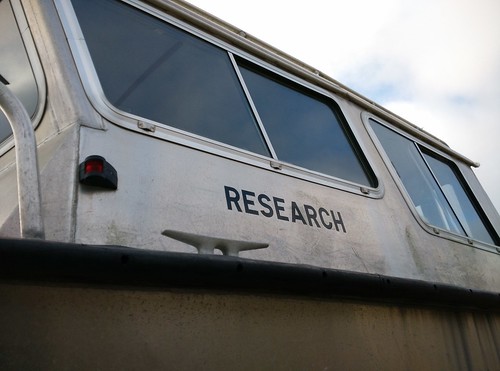
Other than getting the most sea sick I’ve gotten in a longgggg time, the Umpqua is definitely one of my favorite systems. Super pretty!
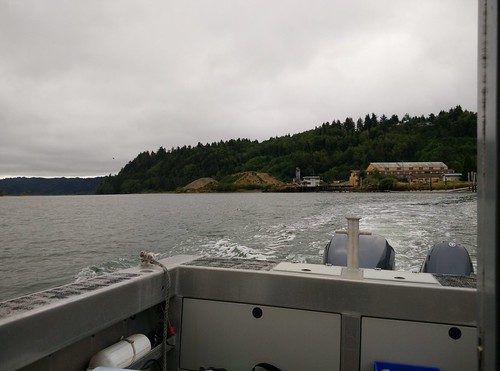

We stopped at the Grateful Bread for some marionberry scones before hitting the estuary.
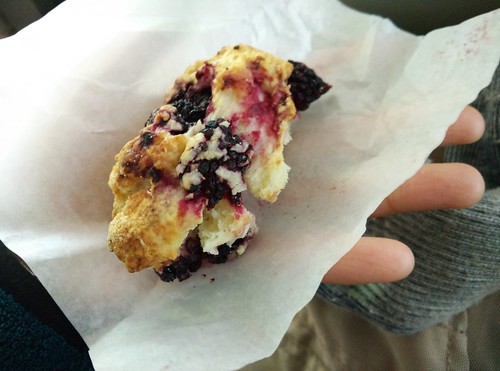
Then after work, Abby and Sara and I hit up Nye Beach! 
We saw a really cool history of boarding (including skateboarding, surfing, etc) shown through artwork. 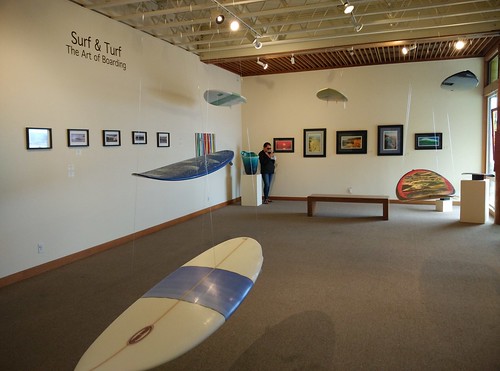



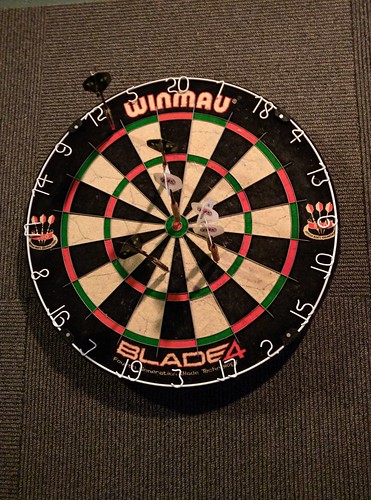
In other news, I got a bulls-eye for the first time too!!!!! It’s common for Hatfield grad students, interns, and the younger crowd to hit up Bier One on Wednesdays to play games and hang out. It’s cool to see familiar Hatfield faces fill up a room.

Also, this is Ron killing a spider for Abby and I. Ron’s our resident bug killer.
Fieldwork at Salmon River is my all time favorite so far.

I think it’s obvious why.
When we take water samples, we take measurements of pH, temperature, in situ fluorescence, DO, DO% saturation, and salinity of the “Bottom” depth, “Mid”, and “Surface”. However, we only take the “Mid” water samples to filter out for chlorophyll and nutrients. BUT! if the salinity between the bottom depth and surface is more than two units apart, we take samples from both the bottom and surface (doubling our work). At Salmon, every station we stopped at, we would have to take two samples. This was very strange, seeing as it was one of our smallest systems, and the river was only 2-5 meters deep in some areas. That much change in salinity/other parameters in such shallow waters made me wonder what was up. Also, at one of our stations, a group of cows were just chilling on the bank. Needless to say, the chlorophyll levels were a lot higher, and nutrient levels were probably super high by the cows.

On the weekend, we headed to the Gorge Amphitheater to see Zac Brown Band perform!
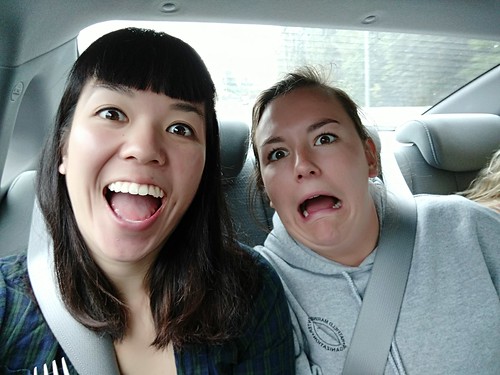
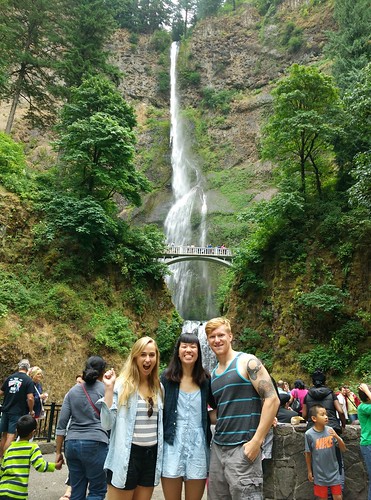
We stopped at Multnomah Falls on the way up to Washington~
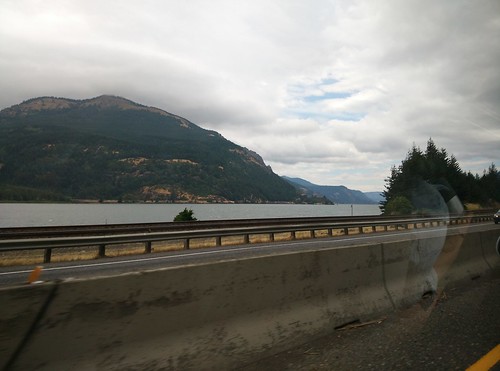
THE GORGE!

The gorge isn’t always evergreen-y though, some parts looked like the Grapevine in California.
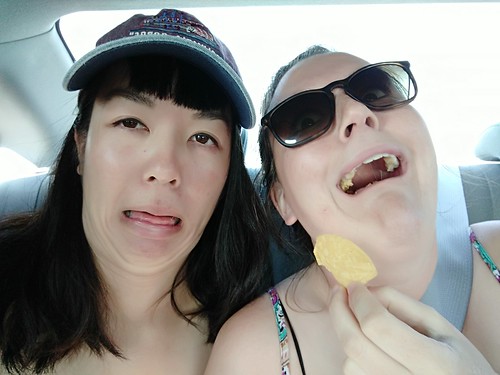
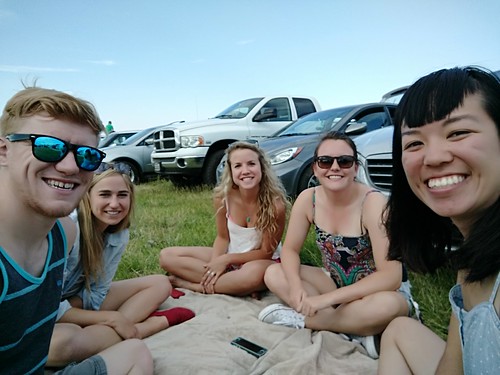

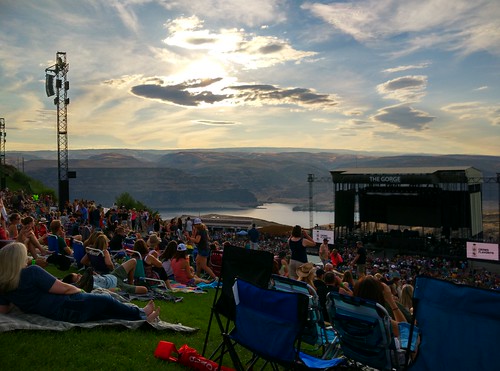
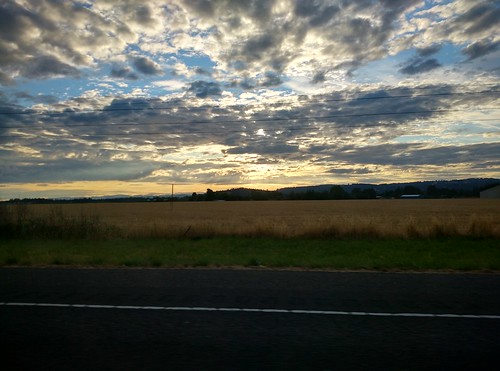
on our way back
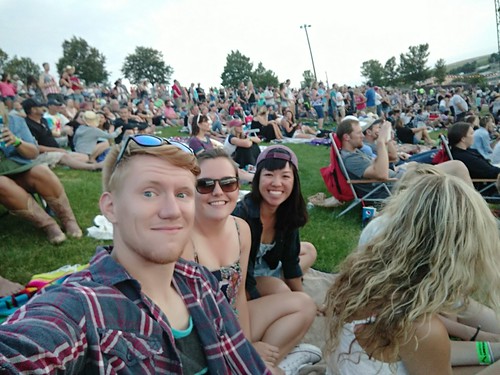
After camping that night after the show, we were on our way back to Newport. But… we took a wrong turn and ended up in Seattle…Don’t ask us how that even happened…
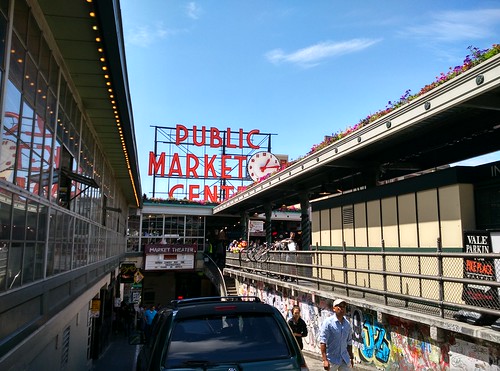
Back in the lab… more sonication for processing the chlorophyll samples 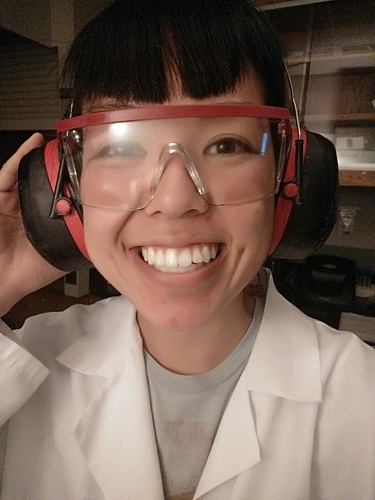
I was also able to do some fieldwork besides the chlorophyll/nutrient sampling we’ve been doing. I got to go out on the mudflats to help a grad student with a seagrass experiment part of the ZEN project (UC Davis represent!) I take pride in saying Jay Stachowicz, who started the ZEN project, was my general ecology professor, and now am helping with the ZEN, 400+ miles away.
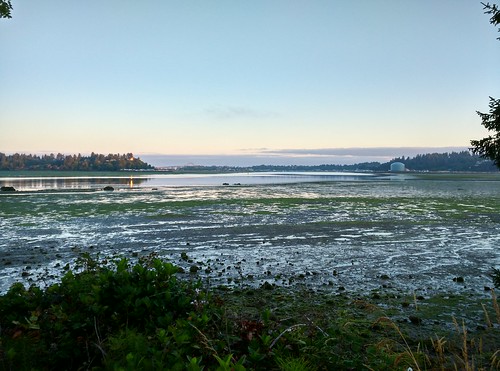
Speaking of varying fieldwork experiences… I got to help out with sea star surveys with ODF&W !
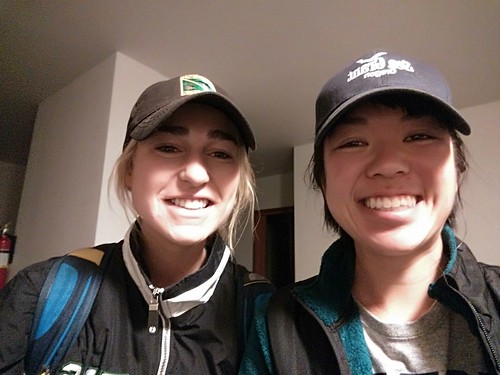
4 am selfies with the roomie :)
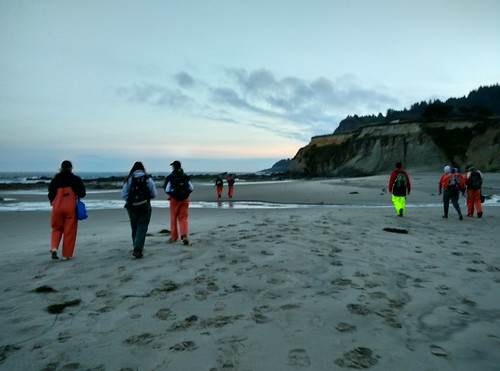

Henricia leviuscula
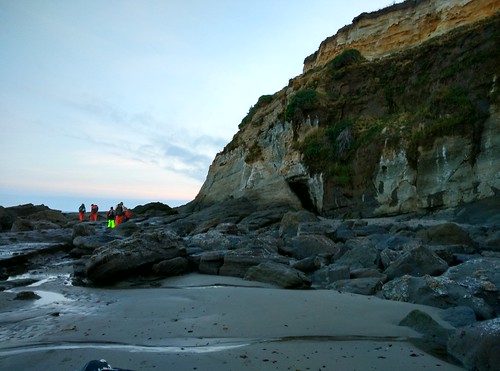
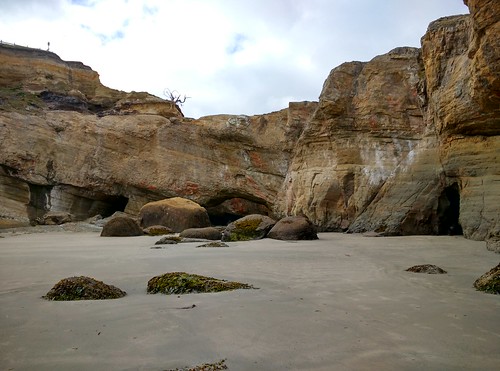
We got to go inside Devil’s Punchbowl for a ROV-ing survey.
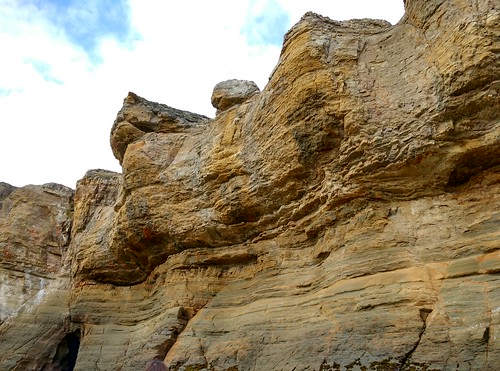
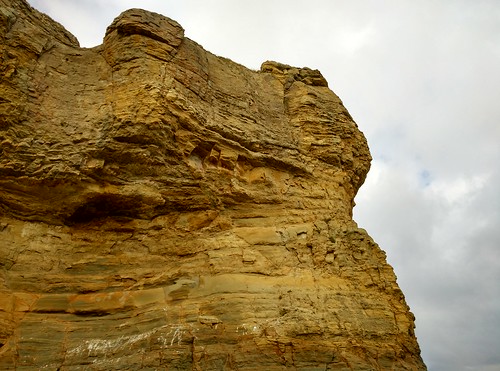

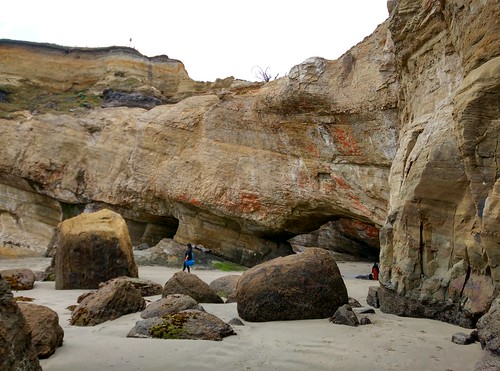

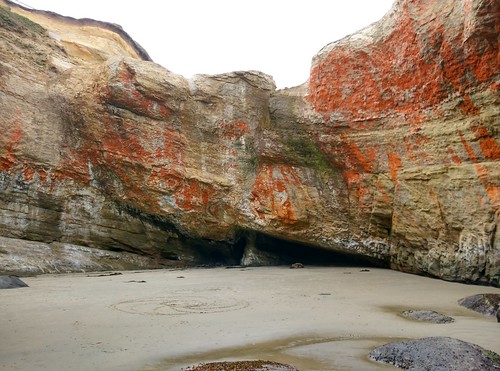

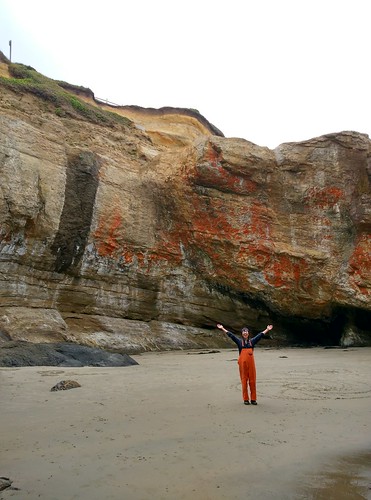
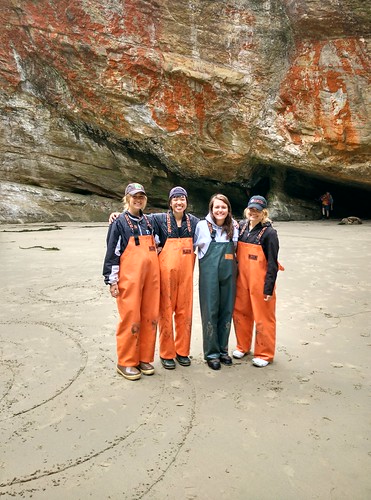
During our Sea Grant Mid Summer check-in, we went to the Oregon Coast Aquarium!
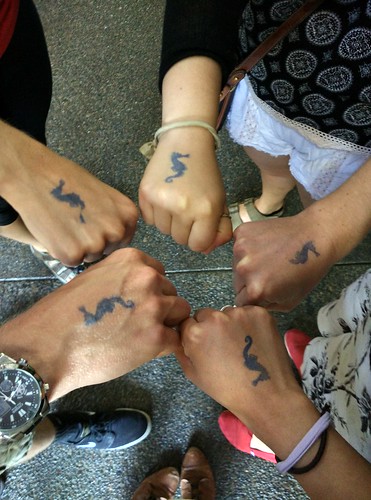
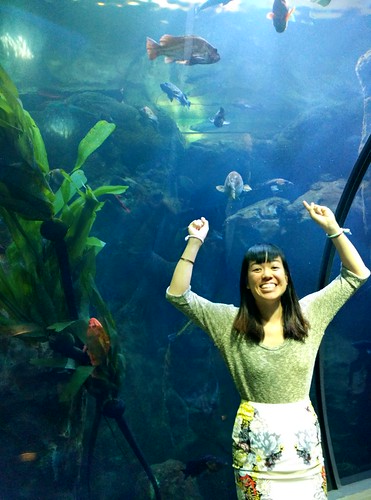
ROCKFISH!
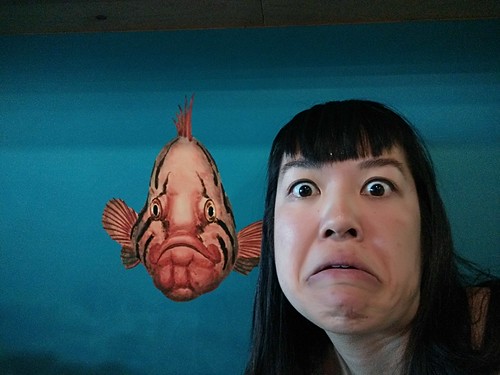

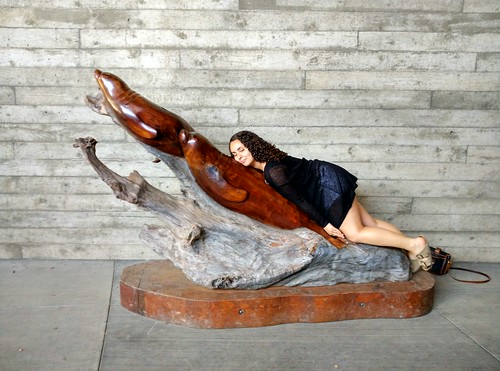



Later that weekend, we headed to Eugene! Here are some rapids on the Williamette some of us jumped in. Eugene was awesome. It feels like a mini-Portland, but one that doesn’t try very hard to be too hip. 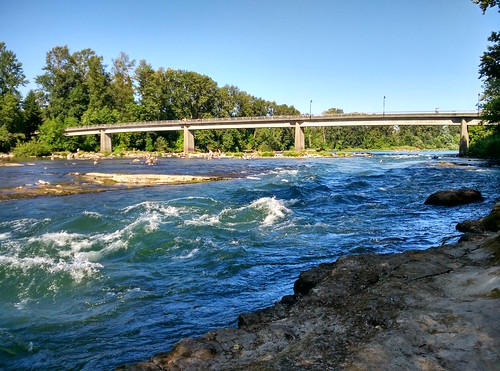
There’s a U-Pick blueberry farm in a town nearby! 


YUMMM! blueberry picking! YAY!
After work one day, we decided to go to Yaquina Head to check out the lighthouse. 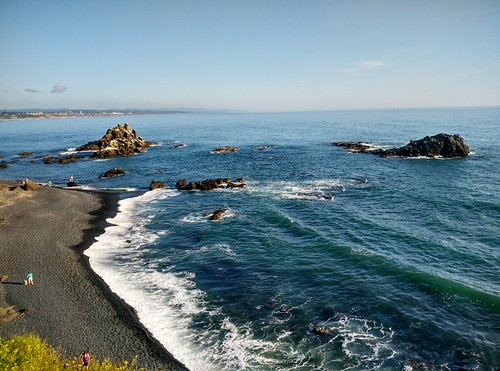
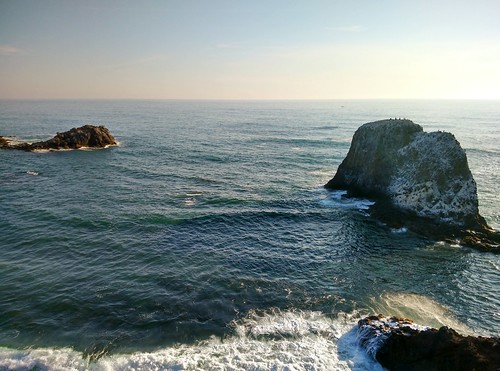

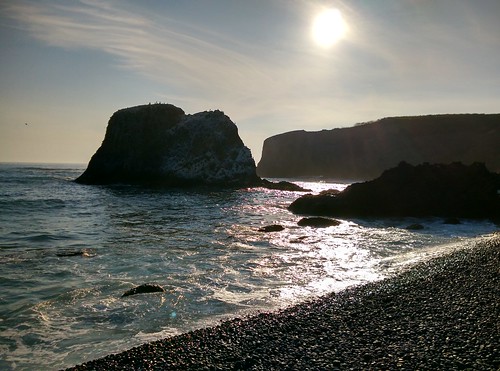
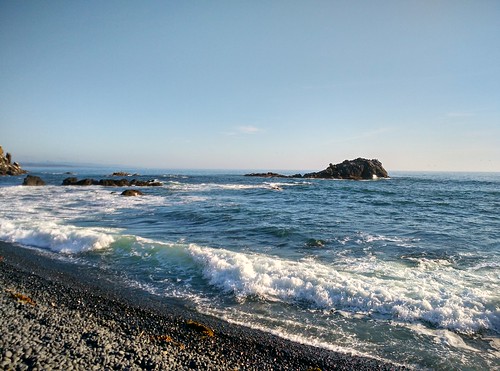
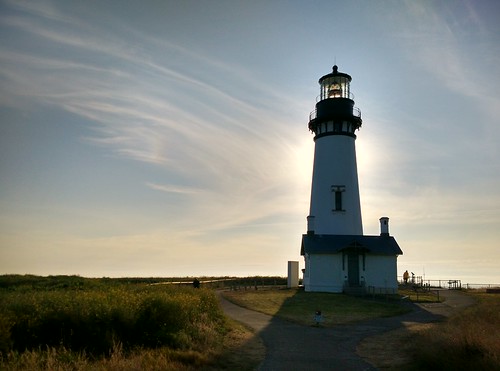
In reference to the SMART goals we made the first week…
– feeling comfortable in a room full of professionals in my field has been improving, thanks to free donut Wednesdays at Hatfield. Here, we’re able to chat and get to know everyone at Hatfield in a casual setting
– Twitter, unfortunately, has not been improving. I think I’m having a hard time getting into Twitter because I didn’t have one before this summer.
– As for learning local species, I have been adding plenty more, thanks to the recent trips to the Oregon Coast Aquarium and helping ODF&W out!
That’s all folks! Peace out~ see you next week

































































